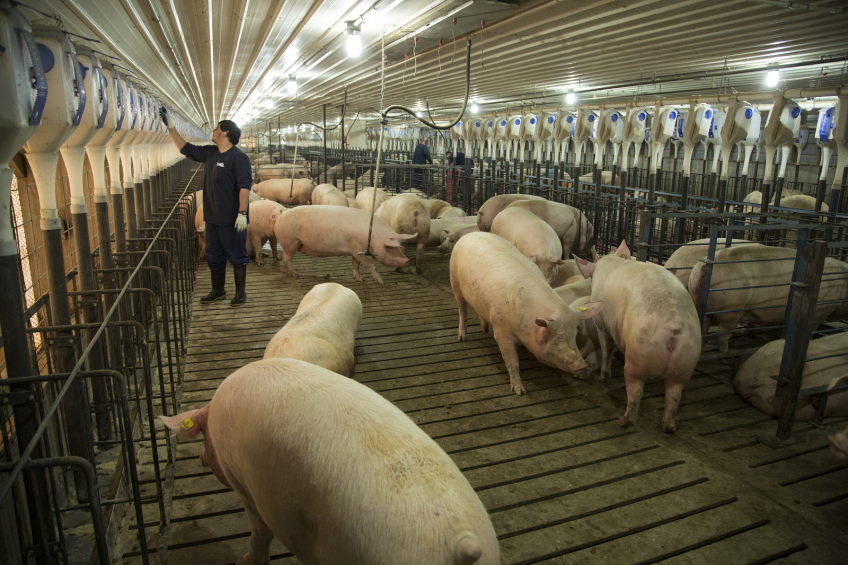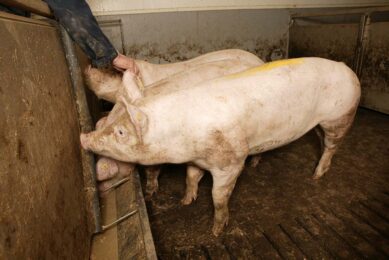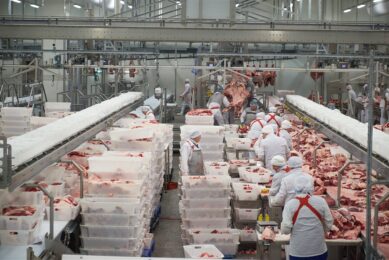Cargill completes group housing for sows at its farms

Cargill Pork, LLC is 11 months ahead of its own schedule for completing the conversion to group housing for sows at company-owned farms.
In June 2014, Cargill Pork announced a commitment to group housing of sows at company-owned farms, with the original completion date set for Dec. 31, 2015. “We are pleased to achieve 100 percent group housing at Cargill Pork farms nearly one year ahead of schedule,” said Mike Luker, president of Cargill Meat Solutions Corporation’s pork business. “This is a significant investment in the future of our pork business, and one we made as the result of listening to the marketplace in recent years.”
More than $60 million invested
For a number of years, Cargill’s U.S. pork operation had maintained 50 percent group housing for company-owned sows at farms owned by Cargill Pork. Its 2011 acquisition of an idled hog farm complex in the Texas Panhandle helped the company achieve 100 percent group housing for its gestating sows at company-owned farms. Since the Texas site was acquired, Cargill Pork has invested more than $60 million in the purchase and improvement of the 22,000-acre property near Dalhart, including the conversion of sow barns to contain group housing. Cargill Pork’s Dalhart facility employs more than 300 people, including a team trained to care for the animals at the site.
Benefits and challenges
“In recent years, many of our customers have made commitments related to the pork they will buy in the future, and we intend to meet those needs,” stated Luker. “We’ve been a pioneer in the use of group housing for gestating sows dating back more than a decade, and recently there has been growing public interest in the welfare related to animals raised for food. Group housing and individual housing for gestating sows both have benefits and challenges. Although a large-scale change to group housing takes time and is costly, we believe it is the right thing to do for the long term future of our pork production in the U.S., and our customers agree with us and support our decision. However, we are always mindful about the many family farms raising hogs that have livelihoods invested in their operations and it will require patience and resources, should they choose to move to group housing.”
The target for conversion to group housing at contract farms containing Cargill Pork sows remains Dec. 31, 2017. Hogs produced by Cargill Pork-owned sows represent approximately 30 percent of the total animals harvested each year at Cargill’s two pork processing facilities.
Join 18,000+ subscribers
Subscribe to our newsletter to stay updated about all the need-to-know content in the pigsector, three times a week. Beheer
Beheer










 WP Admin
WP Admin  Bewerk bericht
Bewerk bericht